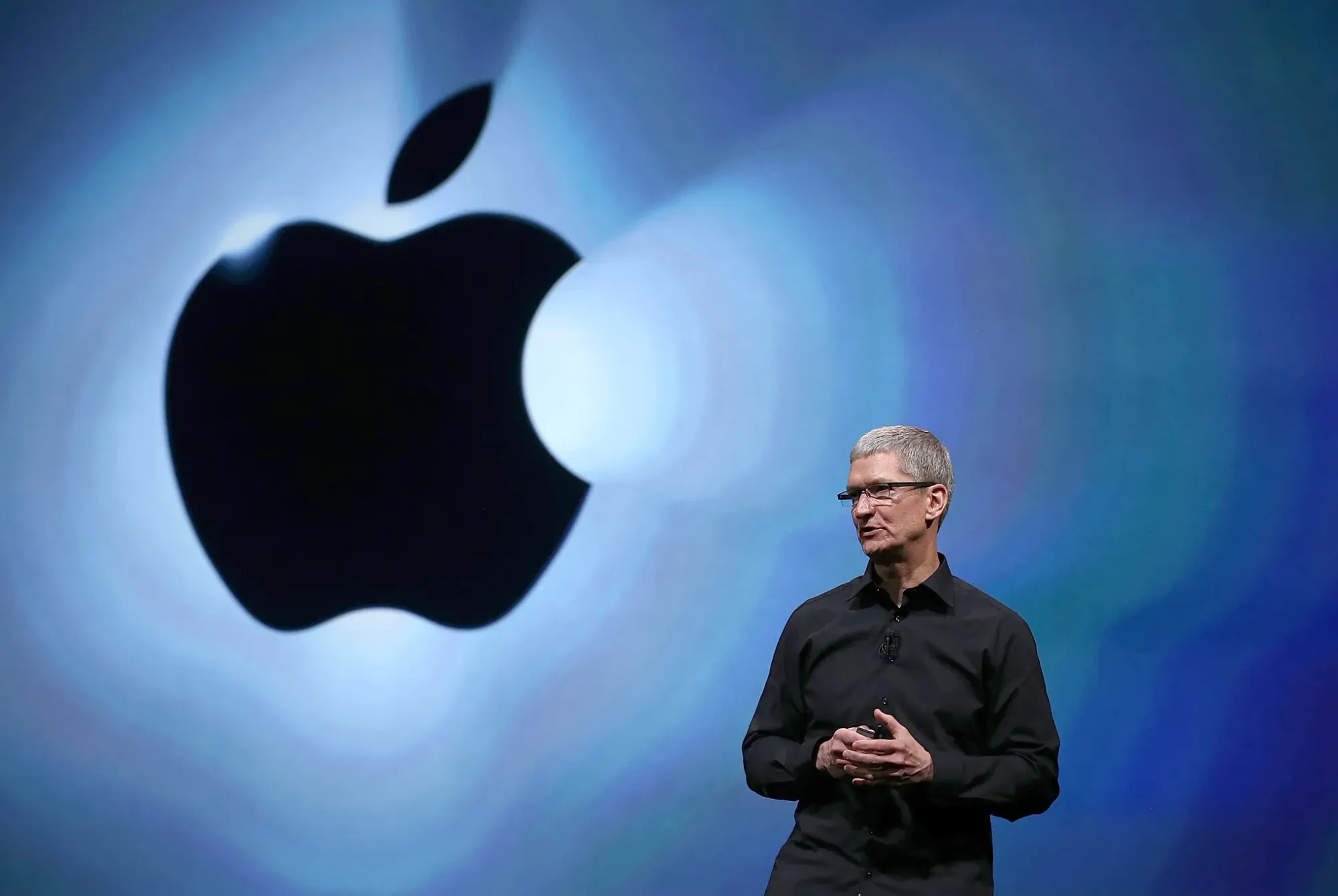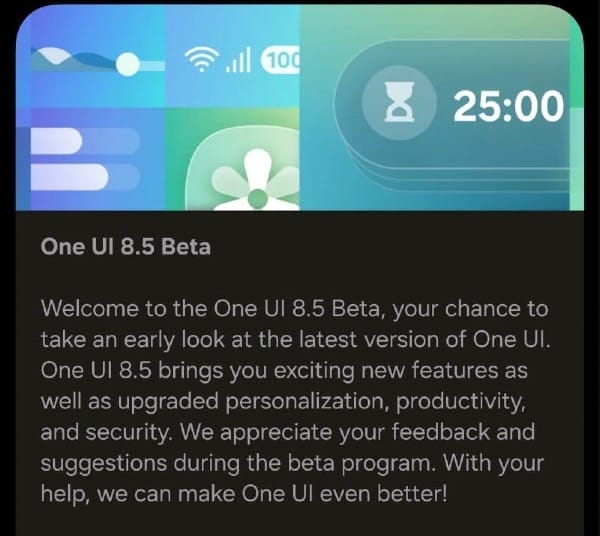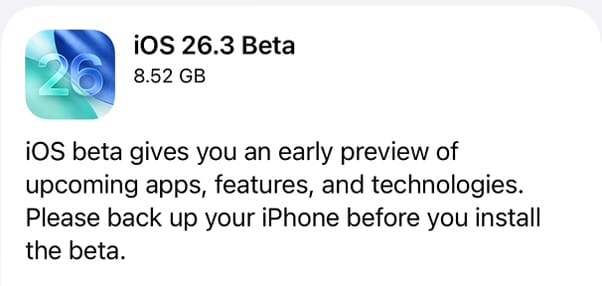Apple announced the return of blood oxygen monitoring to its Apple Watch lineup in the U.S. through a software update, marking a significant milestone in its ongoing journey to enhance health-focused wearable technology. After a year-long absence due to a legal battle, this feature’s comeback is a big deal for Apple Watch users and the broader health tech landscape. Let’s dive into what this announcement means, how we got here, why it’s such a pivotal moment, and which models support the feature.
A Recap: The Blood Oxygen Monitoring Saga
The story of blood oxygen monitoring on the Apple Watch began with its introduction in the Apple Watch Series 6 in 2020. The feature, which uses pulse oximetry to measure blood oxygen levels, was hailed as a groundbreaking addition, especially during the COVID-19 pandemic when monitoring oxygen saturation became critical for detecting respiratory issues. However, this innovation hit a roadblock in early 2024 when Apple was forced to disable the feature in the U.S. due to a patent dispute with medical technology company Masimo.
Masimo claimed that Apple’s blood oxygen monitoring technology infringed on its patents, leading to a legal battle that culminated in a U.S. International Trade Commission (ITC) ruling. The ITC imposed an import ban on Apple Watch models with the blood oxygen feature, affecting the Series 9 and Ultra 2 models sold in the U.S. after January 17, 2024. To comply, Apple disabled the feature via software, leaving the hardware intact but non-functional for U.S. customers. This was a significant blow, as blood oxygen monitoring was a key selling point for health-conscious consumers.
For over a year, Apple Watch users in the U.S. have been without this feature, while those outside the U.S. or with older models (like Series 6, 7, and 8) continued to enjoy it. Rumors swirled about potential solutions—ranging from a settlement with Masimo to developing an alternative technology. Today’s announcement reveals that Apple has found a clever way to bring the feature back: by offloading the blood oxygen measurement and calculation to the paired iPhone, which then displays the data in the Health app.
How the Update Works
The software update, rolling out today for watchOS 11.6.1 and iOS 18.6.1, reintroduces blood oxygen monitoring in a redesigned form for affected models. Instead of processing the data entirely on the Apple Watch, the system now leverages the iPhone’s computational power to measure and calculate blood oxygen levels. This data is then seamlessly integrated into the Respiratory section of the Health app, where users can view their readings and track trends over time. This approach sidesteps the patent issues by shifting the processing away from the watch itself, a creative solution that keeps the feature accessible without requiring new hardware.
For users, this means that existing Apple Watch Series 9, Series 10, and Ultra 2 models purchased in the U.S. after the ban (with part numbers ending in LW/A) can regain this functionality with a simple software update. Older models like Series 6, 7, and 8, which were unaffected by the ban, continue to use the original on-device processing method.
Supported Models and Blood Oxygen Sensing Types
The blood oxygen monitoring feature is supported on several Apple Watch models, but the type of sensing varies depending on when and where the device was purchased. Below is a detailed chart outlining which models support blood oxygen monitoring and the type of sensing they use:
| Apple Watch Model | Blood Oxygen Sensor | Sensing Type | Notes |
|---|---|---|---|
| Series 6 | Yes | On-Device | Original feature, unaffected by U.S. ban. Processes data directly on the watch. |
| Series 7 | Yes | On-Device | Original feature, unaffected by U.S. ban. Processes data directly on the watch. |
| Series 8 | Yes | On-Device | Original feature, unaffected by U.S. ban. Processes data directly on the watch. |
| Series 9 (Pre-Jan 17, 2024, or Non-U.S.) | Yes | On-Device | Models purchased before the ban or outside the U.S. use original on-device processing. |
| Series 9 (Post-Jan 17, 2024, U.S., LW/A) | Yes | iPhone-Based | Requires iOS 18.6.1 and watchOS 11.6.1 update. Data processed on paired iPhone. |
| Series 10 (Post-Jan 17, 2024, U.S., LW/A) | Yes | iPhone-Based | Requires iOS 18.6.1 and watchOS 11.6.1 update. Data processed on paired iPhone. |
| Ultra (Pre-Jan 17, 2024, or Non-U.S.) | Yes | On-Device | Original feature, unaffected by U.S. ban. Processes data directly on the watch. |
| Ultra 2 (Pre-Jan 17, 2024, or Non-U.S.) | Yes | On-Device | Original feature, unaffected by U.S. ban. Processes data directly on the watch. |
| Ultra 2 (Post-Jan 17, 2024, U.S., LW/A) | Yes | iPhone-Based | Requires iOS 18.6.1 and watchOS 11.6.1 update. Data processed on paired iPhone. |
| SE (All Generations) | No | N/A | No blood oxygen sensor included. |
| Series 3, 4, 5 | No | N/A | No blood oxygen sensor included. |
Notes:
- On-Device Sensing: The original blood oxygen feature processes data directly on the Apple Watch, displaying results in the Blood Oxygen app. This is available on Series 6, 7, 8, and pre-ban/non-U.S. Series 9, Ultra, and Ultra 2 models.
- iPhone-Based Sensing: The redesigned feature, introduced with the August 14, 2025 update, processes data on the paired iPhone and displays results in the Health app’s Respiratory section. This applies to U.S. models of Series 9, Series 10, and Ultra 2 purchased after January 17, 2024, with part numbers ending in LW/A.
- To check your Apple Watch’s part number, go to Settings > General > About on the watch or in the Apple Watch app on your iPhone.
Why This Is a Really Big Deal
The return of blood oxygen monitoring is more than just a feature reactivation—it’s a testament to Apple’s commitment to health innovation and its ability to navigate complex legal challenges. Here’s why this development is a game-changer:
- Restoring a Critical Health Tool: Blood oxygen monitoring is a vital health metric, particularly for individuals with respiratory conditions like asthma or COPD, or those monitoring their health post-COVID. By bringing this feature back, Apple ensures that its users can access potentially life-saving data, reinforcing the Apple Watch’s position as a leading health and wellness device.
- A Win for User Experience: The absence of blood oxygen monitoring was a noticeable gap for U.S. customers, especially when compared to global users or those with older models who retained the feature. Restoring it via a software update demonstrates Apple’s dedication to delivering a consistent and comprehensive experience across its ecosystem, without requiring users to purchase new hardware.
- Innovative Problem-Solving: Apple’s decision to shift processing to the iPhone is a masterstroke in circumventing the patent dispute. It showcases the company’s ability to think creatively and leverage its tightly integrated hardware and software ecosystem to overcome obstacles. This approach could set a precedent for how Apple handles future legal or technical challenges.
- Boosting Apple Watch’s Market Position: The Apple Watch already dominates the smartwatch market, but the temporary loss of blood oxygen monitoring gave competitors like Fitbit and Garmin an edge in health-focused features. With this update, Apple reclaims its competitive advantage, ensuring that its wearable remains the go-to choice for health-conscious consumers.
- A Step Toward Future Health Innovations: Apple’s focus on health doesn’t stop here. The company is reportedly working on advanced features like blood pressure monitoring and non-invasive blood glucose monitoring for future Apple Watch models. The successful resolution of the blood oxygen issue signals that Apple is undeterred by setbacks and remains committed to pushing the boundaries of wearable health tech.
What’s Next?
Today’s update is a significant victory for Apple and its users, but it’s not the end of the story. The patent dispute with Masimo is still ongoing, with possibilities for appeals, settlements, or new technological workarounds that could further shape the feature’s future. Additionally, the redesigned approach—relying on the iPhone for processing—may pave the way for more collaborative health features between Apple’s devices, potentially integrating with upcoming health-focused updates in iOS 26 or the rumored AI-powered health coaching in the Health app.
For now, Apple Watch users in the U.S. can celebrate the return of a beloved feature. To enable blood oxygen monitoring, users should ensure their Apple Watch and iPhone are updated to watchOS 11.6.1 and iOS 18.6.1, respectively. Once updated, the feature will be accessible via the Blood Oxygen app on the watch, with results viewable in the Health app on the iPhone for supported models.
Conclusion
The return of blood oxygen monitoring to the Apple Watch in the U.S. is a major win for Apple and its community. After navigating a complex legal battle, Apple has delivered a solution that restores a critical health feature while showcasing its innovative prowess. This update not only enhances the Apple Watch’s value proposition but also reinforces its role as a leader in the health tech space. As Apple continues to innovate, today’s announcement is a reminder that even in the face of challenges, the company remains focused on empowering users with tools to live healthier lives.












Discussion